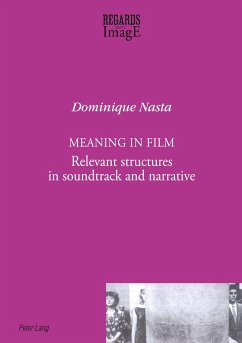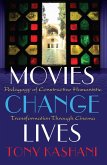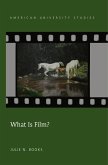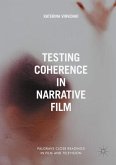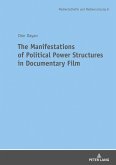Understanding how meaning mechanisms are unleashed in film has been at the center of numerous theoretical surveys of the last few years. Emphasis has especially fallen on seeing as a constructive, meaningful activity and on the diegetic implications of vision.
This book is an attempt to extend film theorizing into a new realm, where hearing proves as important as seeing and where the relevance of filmic narrative is differently explored. New paths for future research are suggested by means of associations with the works of linguists or philosophers who have never addressed film theory directly in their writings. Nonetheless, several concepts posited by them (relevance, natural versus non-natural meaning or the notion of Mental spaces) find their application in the present survey.
A wide range of examples starting with point-of-view and editing occurrences, passing through the use of music and sound and culminating with the study of whole filmic ensembles, enables the reader to re-examine code-bound or, on the contrary, deviational structures. These are often drawn from familiar sources, proving that not only art films of the Eisenstein or Godard type enhance innovative meaning spaces.
Finally, the viewer is seen as a "pragmatic protagonist", an active not passive receiver of textual structures who relies on patterns of known visual or aural backgrounds open to an unlimited field of perspectives.
This book is an attempt to extend film theorizing into a new realm, where hearing proves as important as seeing and where the relevance of filmic narrative is differently explored. New paths for future research are suggested by means of associations with the works of linguists or philosophers who have never addressed film theory directly in their writings. Nonetheless, several concepts posited by them (relevance, natural versus non-natural meaning or the notion of Mental spaces) find their application in the present survey.
A wide range of examples starting with point-of-view and editing occurrences, passing through the use of music and sound and culminating with the study of whole filmic ensembles, enables the reader to re-examine code-bound or, on the contrary, deviational structures. These are often drawn from familiar sources, proving that not only art films of the Eisenstein or Godard type enhance innovative meaning spaces.
Finally, the viewer is seen as a "pragmatic protagonist", an active not passive receiver of textual structures who relies on patterns of known visual or aural backgrounds open to an unlimited field of perspectives.
"It [the book] offers new ways to listen to film sound tracks and focus on filmic narrative and it will be a welcome complement to other studies of film music and film theory. Nasta's use of film examples is outstanding. Not only does she make use of canonical films analyzed in film studies courses, she includes many European films that also deserve attention. She provides a brilliantly straightforward explanation of the problems of structuralist-semiotics and pragmatic-enunciation approaches." (Melissa Ursula Dawn Goldsmith, The Journal of Film Music)
"Außerordentlich interessanter Versuch, das Verstehen von Filmen als Konstruktion von Bedeutungsbeziehungen zu modellieren." (montage/av)
"...in dem ständigen Bezug auf konkrete Beispiele øliegt! eine Stärke des Buches. Insbesondere gelingt es der Verfasserin, so manche vermeintliche künstlerische Neuerung späterer Zeit schon in relative frühen und scheinbar konventionellen Werken der Filmkunst aufzuspüren. øEin! an guten Beobachtungen und förderlichen Ideen reiches Buch." (Michael von Albrecht, International Journal of Musicology)
"Außerordentlich interessanter Versuch, das Verstehen von Filmen als Konstruktion von Bedeutungsbeziehungen zu modellieren." (montage/av)
"...in dem ständigen Bezug auf konkrete Beispiele øliegt! eine Stärke des Buches. Insbesondere gelingt es der Verfasserin, so manche vermeintliche künstlerische Neuerung späterer Zeit schon in relative frühen und scheinbar konventionellen Werken der Filmkunst aufzuspüren. øEin! an guten Beobachtungen und förderlichen Ideen reiches Buch." (Michael von Albrecht, International Journal of Musicology)

